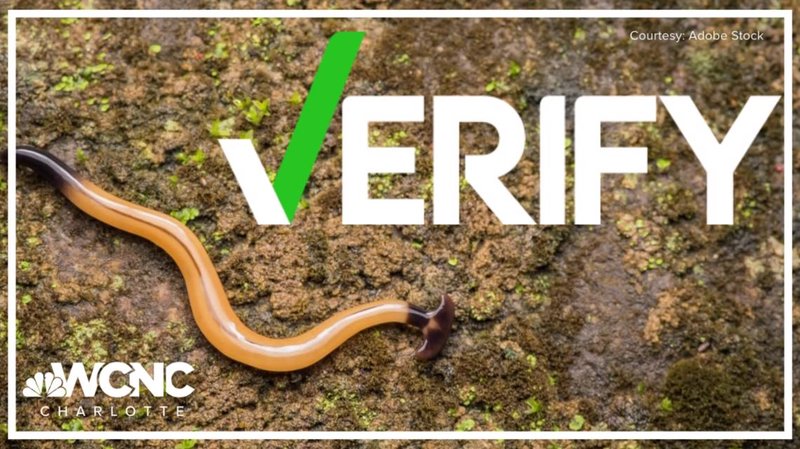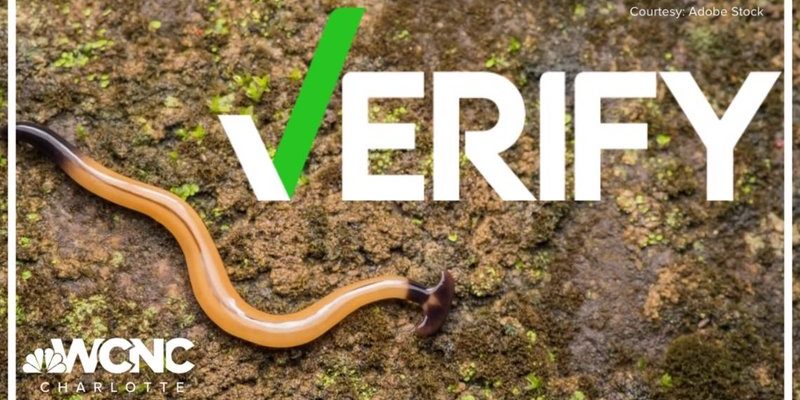
When you think of regeneration, you might picture a lizard losing its tail and growing it back. But hammerhead worms take it to another level. They can regenerate almost any part of their body, even after being sliced into pieces. This isn’t just a cool trick; it’s essential for their survival. So, let’s dive into the world of hammerhead worms and explore just how this regeneration works and what it means for these incredible creatures.
What Are Hammerhead Worms?
Hammerhead worms, or *Bipalium* species, are part of the *Platyhelminthes* phylum, which includes flatworms. They earned their name from their distinct, flattened heads that resemble a hammer—hence the name! These worms are mostly found in tropical and subtropical regions but can also be spotted in temperate areas. They thrive in moist environments, often seen slinking around in gardens, leaf litter, or even damp basements.
These fascinating creatures exhibit vibrant colors, ranging from browns to greens, and can grow quite long—some even reaching 12 inches or more! What’s particularly interesting about them is their predatory nature. Unlike many other worms that feed on decaying matter, hammerhead worms actively hunt their prey, which primarily consists of earthworms and other small invertebrates. So, while they may look harmless, they play a significant role in their ecosystems.
How Do Hammerhead Worms Regenerate?
So, how exactly does the regeneration process work for hammerhead worms? When a hammerhead worm is cut, it doesn’t just die; instead, its body begins a remarkable healing process. The cut edges of the body cells start to form a structure known as a blastema, which is crucial for regeneration. This is where things get really interesting.
The blastema contains undifferentiated cells, which are like blank slates. These cells can develop into any type of cell the worm needs, whether it’s skin, muscle, or even nervous tissue. As the worm heals, these cells work together to recreate the missing structures. Isn’t that mind-blowing? So, in a sense, these worms have their very own repair team ready to spring into action whenever needed.
It’s important to note that the extent of regeneration can depend on how much of the body was removed. If a hammerhead worm is cut in half, both halves can regenerate into complete worms over time. While this may seem like a magical ability, it’s simply the result of evolutionary adaptations that have allowed these creatures to thrive in their environments.
Why Regeneration Matters for Hammerhead Worms
You might be wondering, “Why would these worms need to regenerate in the first place?” Well, regeneration offers several survival advantages. First and foremost, it’s a way for them to recover from predation. If a predator nips at a hammerhead worm, the ability to regrow lost parts means they have a better chance of surviving an attack.
Moreover, regeneration plays a role in reproduction in some species. When hammerhead worms are cut, they might even reproduce asexually, creating new individuals from the severed segments. This gives them an extra edge in their quest to survive and multiply in their habitats, ensuring their species continues to thrive.
Another fascinating aspect of hammerhead worm regeneration is its potential for scientific research. Understanding how these worms heal could inspire advancements in human medicine, especially in tissue regeneration and healing processes. Who knows? Studying these little guys could one day help people heal from injuries faster!
Differences Between Hammerhead Worms and Other Regenerating Species
You might be curious about how hammerhead worms compare to other creatures that can regenerate, like starfish or axolotls. While all these species share the remarkable ability to regrow lost body parts, the methods they use to do this can be quite different.
For instance, starfish regenerate their arms using a process that involves complex signaling pathways and growth factors. Axolotls can regenerate limbs, tails, and even parts of their heart and brain, thanks to specialized cells called blastemal cells. In contrast, hammerhead worms rely heavily on their undifferentiated cells to create new body parts, which makes their process unique.
Another key difference lies in the complexity of the organisms. Hammerhead worms are relatively simple creatures with fewer specialized systems compared to more complex organisms like axolotls. This simplicity allows for efficient regeneration, but it also means that the regeneration process might not be as intricate as seen in more advanced species.
Are There Any Risks to Regeneration?
While regeneration is a fantastic ability, it’s not without its risks. Hammerhead worms need a safe environment to heal properly. If the conditions are right, such as having enough food and moisture, they will regenerate successfully. However, if they are exposed to stressful conditions—like pollution or extreme temperatures—their regeneration process might be hindered.
Additionally, while the regeneration process is generally effective, it doesn’t guarantee that the new body part will be identical to the original. There can be variations, and in some cases, the newly regrown section may not function as well as the original tissue. For hammerhead worms, this could mean a less effective hunting strategy or slower movement until they fully recover.
Another concern for hammerhead worms is the presence of predators during their vulnerable regeneration period. When they’re busy healing, they might become more susceptible to being eaten. Therefore, the ability to regenerate, while advantageous, comes with its own set of challenges.
How to Identify Hammerhead Worms in Your Garden
If you’re wondering whether you might have hammerhead worms in your garden, it’s essential to know what to look for. These worms are distinct, so identifying them shouldn’t be too difficult. Here are some tips:
- Shape: Look for long, flat bodies with a broad, hammer-shaped head. This is their most recognizable feature.
- Color: Hammerhead worms typically come in shades of brown, gray, or green, sometimes with stripes or patterns.
- Movement: Notice how they move. They tend to glide smoothly across the ground rather than wriggling like other worms.
- Size: Depending on the species, they can range from a few inches to over a foot in length.
If you spot these worms, remember they’re not harmful to humans but can be detrimental to your garden’s ecosystem as they prey on beneficial earthworms. If you’re concerned about their presence, consider natural methods to control their population.
In the end, the hammerhead worm is a remarkable example of nature’s ingenuity. Their ability to regenerate after being cut is not just a fascinating trait; it serves vital roles in their survival and reproduction. Whether it’s dodging predators or adapting to their environment, these worms show us how incredible life can be, even in the simplest forms.
So next time you think about regeneration, remember the hammerhead worm. It’s a small creature with a big story, reminding us that nature has its own way of healing and adapting. Who knows? This tiny worm might even inspire breakthroughs in our own understanding of healing!

